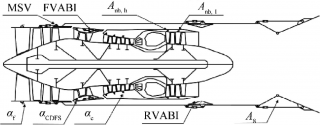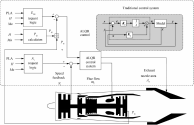So far as the USAF 6th Gen fighter is concerned, the expected combat radius in clean/full-stealth configuration is somewhere around 1500-1800 nautical miles (2.5-3 times that of an F-22) with a 2.5-3 times greater CAP on-station time.
The NGAD is also going to fly with various unmanned wingmen with combat radii about 750-900 nautical miles greater than the NGAD itself.
The USN's 6th Gen will be obviously smaller than the USAF's because of CVN deck constraints and would be quite lucky to get a combat radius of even 1200 nautical miles in clean configuration.
The NGAD is also going to fly with various unmanned wingmen with combat radii about 750-900 nautical miles greater than the NGAD itself.
The USN's 6th Gen will be obviously smaller than the USAF's because of CVN deck constraints and would be quite lucky to get a combat radius of even 1200 nautical miles in clean configuration.



